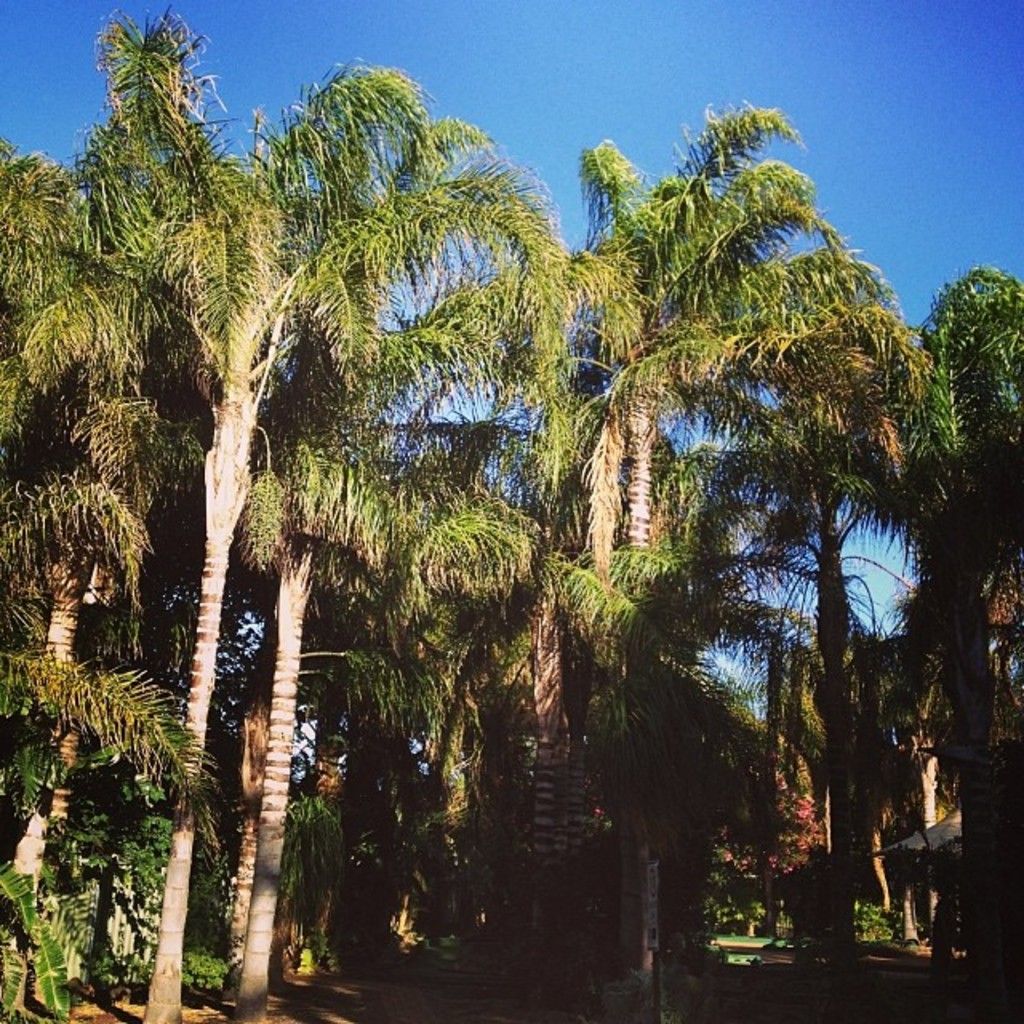Rivers in Cebu City require preservation: Study finds urgent need for river protection measures to prevent further degradation and ensure safer water sources.
Fresh Take:
Cebu City Crackdown on Polluted Rivers
In an effort to safeguard the environment, Cebu City's Environment and Natural Resources Office (Ccenro) is collaborating with barangay officials and communities to execute environmental campaigns. These campaigns aim to combat pollution in the city's rivers, as revealed in a recent river assessment.
The report, presented to the City Council on April 23, 2025, stresses the importance of coordinating with the City's Protected Area Management Office (PAMO) and Central Cebu Protected Landscape (CCPL). Local officials, being familiar with the environmental challenges in their areas, are encouraged to enforce anti-pollution ordinances and halt harmful activities affecting rivers and ecosystems.
A Closer Look at Cebu's Rivers
The assessment focused on major rivers including Bulacao, Kinalumsan, Guadalupe, Lahug, Mahiga, Butuanon, Lusaran, Cotcot, and Mananga. Some rivers, such as the Cotcot, exhibit minimal disturbance due to a lack of inhabitants, while others face significant pollution. For instance, the Guadalupe river's water quality is acceptable only in the headwater region. However, high levels of fecal coliform are detected at the river mouth.
The Lusaran River's condition is suboptimal due to small-scale quarrying activities, while the Butuanon River is suboptimal due to excessive quarrying, causing uneven riverbed depths and irregular flow. The Mahiga and Bulacao rivers face marginal conditions due to household waste and garbage accumulation. The Mananga River is also in marginal condition due to ongoing dredging and channel alteration.
The Kinalumsan River, however, is in poor condition due to artificial waterbed alteration from flood control projects. Plastic pollution is a major issue across many rivers, with primary sources being household waste and industrial/agricultural runoff.
Restoring Cebu's River Network
To address these environmental concerns, Ccenro is implementing various improvement measures, including technology-driven solutions, policy changes, and community-led initiatives. Technology-driven solutions comprise floating boom systems and waste-to-energy facilities, while policy changes include stricter compliance with septic tank regulations and the provision of water tanks in upland barangays during the dry season.
Conservation initiatives focus on protecting the upland headwaters, educating communities on waste management, and deploying river booms to intercept waste. In the long run, Cebu City aims to expand sewage infrastructure, improve plastic waste management, and control deforestation to restore the health of its rivers.
By partaking in these campaigns, residents can adopt eco-friendly habits and support conservation initiatives, leading to a cleaner, healthier Cebu City.
- The Cebu City government is working in unison with barangay officials and communities to enact environmental campaigns, aiming to combat pollution in the city's rivers.
- The collaboration is a response to the findings of a recent river assessment that highlighted the need for action.
- The report, presented to the City Council, emphasizes the importance of partnership with the City's Protected Area Management Office (PAMO) and Central Cebu Protected Landscape (CCPL).
- Local officials, understanding the environmental issues in their areas, are being encouraged to enforce anti-pollution ordinances and halt harmful activities.
- The assessment focused on major rivers such as Bulacao, Kinalumsan, Guadalupe, Lahug, Mahiga, Butuanon, Lusaran, Cotcot, and Mananga.
- Some rivers, like the Cotcot, demonstrate minimal disturbance due to a lack of inhabitants.
- However, others, such as the Guadalupe river, face significant pollution, with acceptable water quality only in the headwater region.
- High levels of fecal coliform are detected at the Guadalupe river mouth.
- The Lusaran River's condition is suboptimal due to small-scale quarrying activities.
- The Butuanon River's condition is suboptimal due to excessive quarrying, resulting in uneven riverbed depths and irregular flow.
- The Mahiga and Bulacao rivers face marginal conditions due to household waste and garbage accumulation.
- The Mananga River's condition is also marginal due to ongoing dredging and channel alteration.
- The Kinalumsan River is in poor condition due to artificial waterbed alteration from flood control projects.
- Plastic pollution is a major issue across many rivers, primarily from household waste and industrial/agricultural runoff.
- Ccenro is implementing various improvement measures to tackle these environmental concerns.
- Technology-driven solutions include floating boom systems and waste-to-energy facilities.
- Policy changes involve stricter compliance with septic tank regulations and the provision of water tanks in upland barangays during the dry season.
- Conservation initiatives focus on protecting the upland headwaters and educating communities on waste management.
- River booms are being deployed to intercept waste.
- Cebu City aims to expand sewage infrastructure in the long run.
- Improving plastic waste management is also on the agenda.
- Controlling deforestation is another step towards restoring the health of the city's rivers.
- Residents are encouraged to support these campaigns by adopting eco-friendly habits.
- By doing so, they can contribute to a cleaner, healthier Cebu City.
- Inline with this, the role of science in understanding climate-change and its impact on the environment is crucial.
- Science can provide solutions for managing waste, mitigating the effects of climate-change, and protecting ecosystems.
- The manufacturing industry plays a significant role in this aspect, as it contributes to environmental pollution and waste generation.
- Strict industry regulations and environmental standards should be in place to minimize the industry's negative impact on the environment.
- The role of education, particularly in environmental-science, is imperative in fostering a responsible generation that values sustainability.
- Finance is another essential factor in addressing environmental concerns.
- Government investments in sustainable technologies and practices can lead to a more environmentally friendly economy.
- Consumers can also make a difference by making eco-friendly choices in their food-and-drink, lifestyle, and home-and-garden purchases.
- By supporting businesses that prioritize sustainability, we can contribute to a cleaner environment while promoting the growth of sustainable careers in areas like personal-finance, global-cuisines, data-and-cloud-computing, and sustainable-living.


![Photo depicting individuals engaged in a violent protest, carrying banners and chanting slogans, held in a specific city. Key figures involved include [Name1], [Name2], and [Name3], who have been identified as leaders of the protest. The event marks a significant escalation in the ongoing [Country Name] crisis. Cebu City'sEnvironment and Natural Resources Department (Ccenro) relies on neighborhood leaders and residents to lead environmental advocacy initiatives.](https://traveltrove.top/en/img/2025/04/27/1191959/jpeg/4-3/1200/75/image-description.webp)







